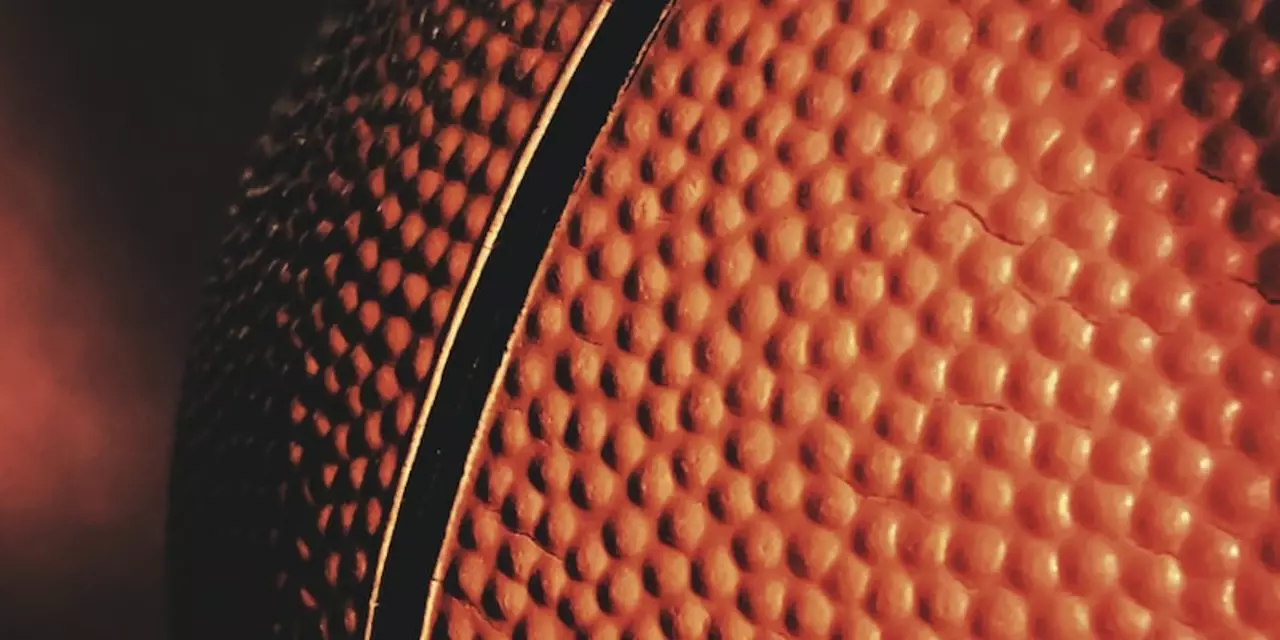Punching in Hockey: What You Need to Know
If you’ve watched a game on a Saturday night, you’ve probably seen a player drop the gloves and throw a punch. It’s a headline‑grabber, but most fans don’t know the details behind the drama. Let’s break down why these fights happen, what the rulebook says, and how players keep themselves from getting hurt.
Rules and Penalties for Punching
The NHL treats a punch like a violation, not a free‑for‑all. The moment a player swings a fist, the referee can stop play and hand out a major penalty – five minutes in the penalty box. If the punch causes injury, the league can add a game misconduct or even a supplementary suspension. In junior and amateur leagues, penalties are harsher; many have a “no fighting” rule that results in an immediate ejection.
There’s also the concept of a “instigator” penalty. If you start the fight, you get a two‑minute minor on top of the five‑minute major. The other player usually gets just the major. This rule tries to discourage players from looking for a fight just to energize the crowd.
Staying Safe and Managing Fights
Even with penalties, a punch can leave a player with a concussion, broken nose, or a dented chin. That’s why coaches teach their guys to fight smart. The first tip is to keep your head up and protect your jaw with your glove. Second, aim for the opponent’s shoulders or chest – it’s less likely to cause a serious injury but still sends a clear message.
Teams also rely on enforcers – players whose job is to respond if a teammate gets hit hard. When an enforcer steps onto the ice, the odds of a fight spike. The goal isn’t to settle scores but to make sure the opposition thinks twice before taking cheap shots.
If you’re a young player, the best advice is to avoid punching altogether. Work on your positioning, stick checks, and body contact. Those skills keep you in the game without risking a suspension or a hospital visit.
Fans love the excitement, but remember that most fights are brief and end with the referee’s whistle. The league tracks every incident, and repeat offenders see longer suspensions. That means a player who punches frequently can miss many games, hurting both his team and his career.
For parents and coaches, it’s important to stress sportsmanship over spectacle. Encourage players to channel their aggression into speed, strength, and smart plays instead of fists.
So the next time you see a player swinging a punch, you’ll know the rulebook is watching, the penalties are real, and the safest choice is often to stay out of the scuffle. Stick to the game, not the scrap, and you’ll enjoy more wins and fewer injuries.

Why is punching allowed in Hockey but not in basketball?
Punching is a common form of physical contact in sports, and is allowed in some sports but not others. Hockey, for example, allows punching, while basketball does not. This is because the rules of hockey permit physical contact, while basketball does not. Hockey players use punching to show dominance, while basketball players must use skill, speed and agility to control the ball and outplay their opponents. Punching can cause serious injury in basketball and is therefore not allowed. Therefore, punching is an accepted part of hockey but is not allowed in basketball.
View More